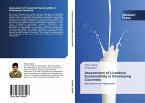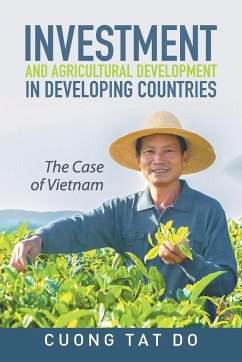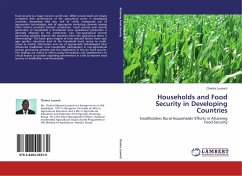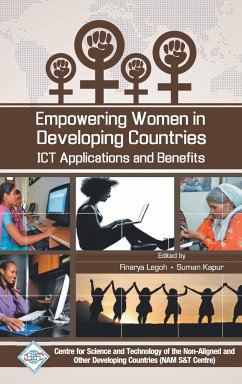Academic Paper from the year 2022 in the subject Agrarian Studies, grade: 5, Jimma University College of Agriculture and Veterinary Medicine (Agribusiness and Value Chain Management), course: Livestock importance, language: English, abstract: Livestock play a significant role in rural livelihoods and the economies of developing countries. They are providers of income and employment for producers and others working in, sometimes complex, value chains. They are a crucial asset and safety net for the poor, especially for women and pastoralist groups, and they provide an important source of nourishment for billions of rural and urban households. These socio-economic roles and others are increasing in importance as the sector grows because of increasing human populations, incomes and urbanisation rates. To provide these benefits, the sector uses a significant amount of land, water, biomass and other resources and emits a considerable quantity of greenhouse gases. There is concern on how to manage the sector¿s growth, so that these benefits can be attained at a lower environmental cost. Livestock and environment interactions in developing countries in are both positive and negative. Livestock production in the developing world occurs in a wide range of heterogeneous production systems. These can range from pastoral/grassland-based systems, which occupy most of the land area and have low human population densities, through mixed crop-livestock systems, usually in areas suitable both for arable and livestock production and where the bulk of rural human population lives, and intensive systems usually in peri-urban/urban areas. New diversification options and improved safety nets will also be essential when intensification is not the primary avenue for developing the livestock sector. These processes will need to be supported by agile and effective public and private institutions.
Hinweis: Dieser Artikel kann nur an eine deutsche Lieferadresse ausgeliefert werden.
Hinweis: Dieser Artikel kann nur an eine deutsche Lieferadresse ausgeliefert werden.








